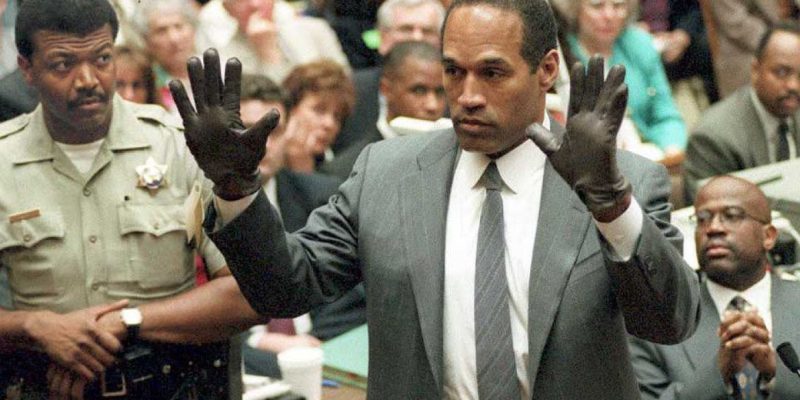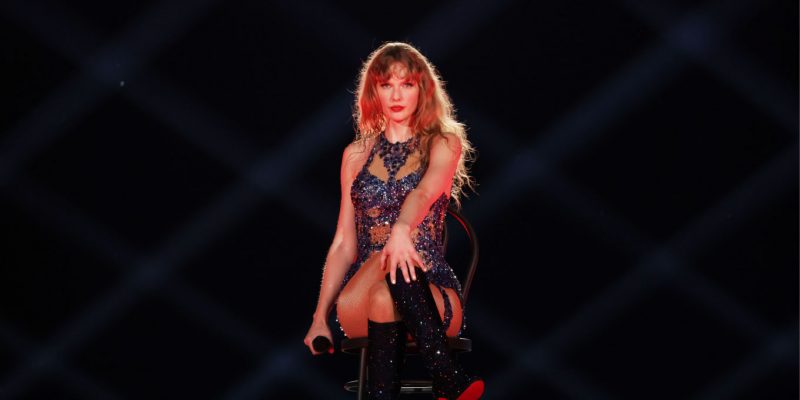Travel
Finding Black Joy in the Deep South
Writer Natalie Preddie and her father wade into the Deep South to confront a painful history and find the Black joy that still shines through.
by : Natalie Preddie- Mar 21st, 2024

COURTESY OF NATALIE PREDDIE
When my father was an eight-year-old in Jamaica, my grandmother opened the newspaper one day to images of children being attacked by dogs and sprayed by firehoses in Kelly Ingram Park during the now famous Children’s Crusade of 1963 in Birmingham, Ala. Under the direction of Southern civil rights leaders, more than 5,000 Black children marched for racial equality in one of the most successful peaceful protests in history. The Children’s Crusade was part of a series of marches that aimed to bring national attention to calls for desegregation and eventually prompted President John F. Kennedy to publicly support the groundbreaking Civil Rights Act of 1964. In Birmingham alone, the protest helped lead to the desegregation of lunch counters, restrooms and businesses.
“Never go here!” my grandmother directed my father upon seeing the news. Terrified by images of countless angry white men, he swore that he would never venture into America’s Deep South. “And for over 60 years, I kept that promise,” he tells me as we sit on a wooden pew at 16th Street Baptist Church in the heart of Birmingham. It was here that, more than six decades ago, the Ku Klux Klan murdered four little girls by planting a bomb metres from where we are now. Time stands still as we inhale a weighty pause.
We are touring Birmingham, which was the centre of 1963’s civil rights activity and where monumental events changed the future of Black people not only in the U.S. but worldwide too. Being Black means my father has experienced a lifetime of being judged by and discriminated against for the colour of his skin. This has bred within him a distrust of the world, something he has passed on to me and my siblings. Now, he is facing the many visceral fears Black men experience during our journey through the South—a trip made possible by the incessant nagging of a daughter who wants to show him that there is joy to be found beyond the angst and pain.
It’s not my first time in Alabama. I visited in 2021 as part of a group tour of the U.S. Civil Rights Trail, which is a collection of sites—stretching from Washington, D.C., to Louisiana— that were integral to the movement. After visiting spots like the Edmund Pettus Bridge in Selma (where many peaceful Black protesters were violently attacked while trying to cross toward the state capital), the Tuskegee Airmen base (where a group of Black airmen and military members joined the fight in the Second World War) and multiple churches that served as bases for protesters, I was filled with immense pride in my Blackness. The constant fear and distrust I’d inherited as a biracial woman dissipated as I found comfort in Alabama’s welcoming and inclusive Black community. I was so inspired by the enduring power, fellowship and infectious enthusiasm for life that I wanted to share this Black joy with the world—and, more importantly, my father.
“For the first time in my life, I watch my well-spoken father search for his next words.”
Eighteen months later, he and I are sitting with Paulette Roby, Nadine Smith and Terry Collins, three of the people who marched in the Children’s Crusade 60 years ago. I see my dad’s jaw tense as they describe the Birmingham he knows from the papers—one filled with white aggression, violence and forceful segregation. Their ease in referencing a racially terrorizing past unnerves the young Jamaican boy in my dad—the boy who promised he would never come here. As they describe the genesis of Birmingham’s civil rights movement, the oaths of non-violence, the years of passionate revival-style meetings and intense training on how to protest peacefully and when and where to march, I notice that the silence surrounding us is palpable. My dad—always fidgeting, contemplating, ready for his turn to speak—is completely still. His chin rests in his palm and his brow furrows. For the first time in my life, I watch my well-spoken father search for his next words.
After what seems like a lifetime, he speaks. “Weren’t you scared?” He cocks his head and squints his eyes in disbelief at the accounts of their arrests and imprisonment at age 10. “No,” they each reply, shaking their heads. “We had a chance to do something to change things, and we were going to do it.” I watch my father internalize their words, his body relaxing and his face softening. Ever so slowly, bricks crumble from the wall of assumptions he’d arrived with. Together, they commiserate and find the ability to laugh over the commonality of the day-to-day Black experience: being harassed by police, being tracked and followed in stores and suffering aggressions from white classmates. When Smith breaks into a joyful spiritual, it is a song my father and I know well. I see the familiarity soothe his soul.
Over the next few days, we tour the Birmingham Negro Southern League Museum (which highlights the successes of the segregated baseball league and eventual desegregation of baseball), Kelly Ingram Park (the site of the Children’s Crusade and now a collection of sculptures honouring civil rights leaders and the events of 1963) and Bethel Baptist Church (where civil rights action was planned and launched). Together, these places show a cohesive Black Birmingham—one that’s fuelled by a passion and a persistence that my father had underestimated. It seems that everyone in the city’s Black community has a foot in history and is committed to a celebratory Black future that’s vastly different from the notorious white oppression of the past. From restaurant owners to strangers we pass in the park, people in Birmingham have many stories to tell, and we revel in each one. As we stand in the renovated courtyard of the A.G. Gaston Motel, the base for the Southern Christian Leadership Conference, a civil rights organization led by Martin Luther King Jr., I turn to my father and whisper, “Dad, we are on hallowed ground.” A small smile grows as he nods and takes in a deep, cleansing breath. “This city created the template for fighting discrimination,” my father responds as he listens to another story of resistance, survival and triumph. “And they don’t even know it.” Standing where Dr. King stood, we reflect on the very real race issues the world still faces today and the power of peaceful protest, which was first brought to the global stage here in America’s South. We are filled with Black pride and, for a moment, overwhelmed with optimism for the future.
Near the end of our trip, historian Barry McNealy takes us through the city’s dark history at the Birmingham Civil Rights Institute. We wade through Black trauma in the interactive immersive exhibits that highlight the realities of Black life in America. It’s a painful excavation of discomfort in the Deep South that I was hoping to avoid on this adventure. The sight of a white hood and robe splattered with Black blood catapults my dad back into his lifelong fear. The wall is up again; he is stunted. I, too, feel nauseous, and I become scared that our journey has been in vain. Later that night, we share a meal with McNealy and a small group of Birmingham natives, celebrating our melanin-born bond. As we talk about our favourite musicians and iconic Black actors and celebrities, I watch my father relax once again. Soon, we are laughing and sharing anecdotes, and by dessert, my dad and McNealy are freestyling over sweet-potato cheesecake and peanut-butter pie. Once again, Birmingham showcases its healing powers.
The next day, as we prepare to board our plane back to Canada, I notice a new softness in my father’s demeanour—the antithesis of his mood on our arrival. “I’m glad we came,” he says with a sigh and his characteristic side smile. Here in Birmingham, a layer of fear has slipped away and been replaced with unwavering strength in the power of our Blackness.
Read more:
Ava DuVernay Is Taking a Look at the More Intimate Picture
20+ Inspirational Black Canadians To Know
The Colour of Pop
Newsletter
Join our mailing list for the latest and biggest in fashion trends, beauty, culture and celebrity.
More from Travel
Read Next

Beauty
The Best Met Gala Beauty Looks Of All Time
From Taylor Swift's 'Bleachella' era to Rihanna's iconic 2011 braids, meet the best beauty moments in Met Gala history.
by : Katie Withington- Apr 26th, 2024

Culture
Benny Blanco Says He Fell in Love With Selena Gomez Without ‘Even Noticing’ It
Allow Benny Blanco to tell the straight-from-a-rom-com story of how he realized his feelings for his girlfriend and longtime friend.
by : Alyssa Bailey- Apr 26th, 2024

Culture
This University Elevates Women to New Professional Heights
You shouldn’t have to pause your life to move forward in your career.
by : ELLE Canada- Apr 16th, 2024




